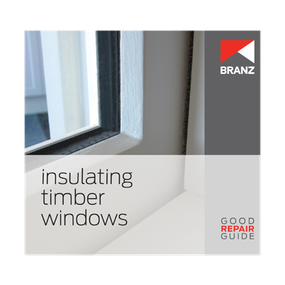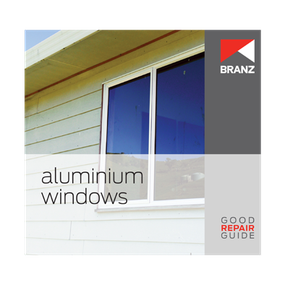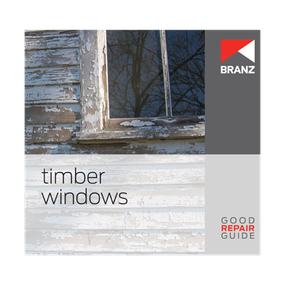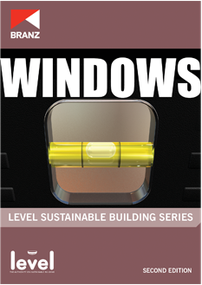Webinar: H1 - Windows, doors and skylights
The multi-step transition to the new H1 performance requirements for windows, doors and skylights starts on 3 November 2022. This BRANZ webinar, in partnership with the Window and Glass Association of New Zealand (WGANZ), brings together experts from BRANZ, WGANZ and MBIE to explain the new compliance requirements.
- Click here to access the presentation slides
- Please note: that access to this webstream will expire after 1 month.
Stairs Module: Curved and Winder Stairs
This module covers D1/AS1 design requirements for curved and winder stairs.
Good Repair Guide: Insulating timber windows
An estimated 1 million houses in New Zealand have timber-framed windows, and nearly all of these are single glazed. Although timber-framed windows have a thermal performance approximately 25% better than single-glazed aluminium, all single-glazed windows are the major source of heat loss. A number of the retrofit options for improving the thermal performance of timber windows achieve results that are comparable to full window replacement. Replacement will be necessary where existing timber windows are in poor condition.
As well as energy savings, other benefits include extending the life of existing windows, avoiding production of new materials, reducing waste, lowering the carbon footprint and preserving the character of a home.
This Good Repair Guide looks at the various options and the advantages and disadvantages of each when considering whether to thermally upgrade existing timber windows or replace them.
The thermal performance requirements of building elements given in this book are from the 4th edition Building Code acceptable solution H1/AS1 and verification method H1/VM1. Note that 5th editions of H1/AS1 and H1/VM1 replaced the 4th edition on 3 November 2022.
Good Repair Guide: Aluminium windows
Aluminium windows have been available in New Zealand since the late 1950s but were not frequently installed in houses until the early 1970s. Today, almost all window joinery is aluminium framed. Although considered to be maintenance free, all aluminium joinery requires cleaning, and in some circumstances, other care may be required, such as lubrication of hardware. Unless it has been well maintained, early aluminium joinery may now require replacement or removal and refurbishment.
This guide covers the replacement of aluminium windows that are installed into walls with:
- direct-fixed weatherboard and flat sheet claddings
- brick veneer
The thermal performance requirements of building elements given in this book are from the 4th edition Building Code acceptable solution H1/AS1 and verification method H1/VM1. Note that 5th editions of H1/AS1 and H1/VM1 replaced the 4th edition on 3 November 2022.
Good Repair Guide: Timber windows
Until the 1970s, the main material used for window frames and sashes in New Zealand houses was timber. A large proportion of houses still have timber windows, and these can last for a very long time if well maintained and repaired when necessary.
This Good Repair Guide covers the repair of timber windows using materials and styles to match the existing. It looks at common problems, how to repair and replace windows, rules and regulations and health and safety.
Level: Windows (2nd edition)
Windows and glazed doors play a vital role in sustainable building. They can account for more heat gain or loss than any other element in an insulated building envelope. A well designed glazing system can improve internal daylight levels, reduce glare and help maintain thermal comfort by reducing heat gain and loss. This contributes to energy efficiency by reducing the need for artificial heating, cooling or lighting.
This guide covers:
- building controls
- functions of windows
- performance of windows
- aluminium, uPVC, steel, timber and fibreglass windows
- classification of opening windows
- glazing
- insulating glass units (IGUs)
- fittings and accessories
- building construction.
This guide does not cover overhead glazing, roof windows, skylights or commercial facades or window sections.
The thermal performance requirements of building elements given in this book are from the 4th edition Building Code acceptable solution H1/AS1 and verification method H1/VM1. Note that 5th editions of H1/AS1 and H1/VM1 replace the 4th edition from 3 November 2022.





